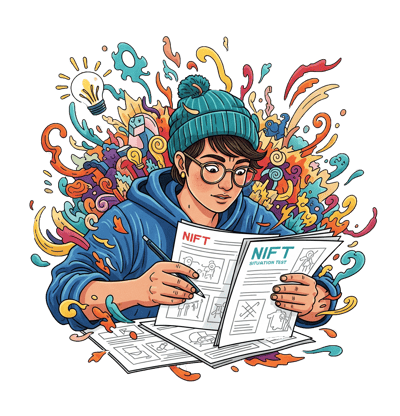
NIFT Coaching
Master the NIFT Entrance Exam with idesigntutorials!
What is NIFT?
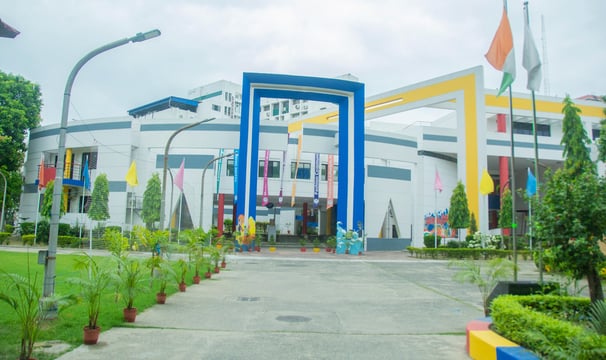

Pioneering Fashion Education
NIFT is the trailblazer in fashion education in India, boasting a rich legacy and a strong reputation within the industry.


World-Class Infrastructure
NIFT campuses across the country are equipped with modern facilities, studios, and labs, providing a conducive environment for learning and innovation.
Comprehensive Programs
It offers diverse programs, including Bachelor of Design (B.Des), Bachelor of Fashion Technology (B.FTech), Master of Design (M.Des), Master of Fashion Management (MFM), and Master of Fashion Technology (M.FTech), catering to various career aspirations in the fashion domain.
Industry-Relevant Curriculum
NIFT's curriculum is meticulously designed to align with dynamic market trends, fostering a deep understanding of the intersection between art, culture, and modern fashion. It emphasizes practical experience through mandatory internships and industry engagement.
Experienced Faculty
Students benefit from guidance by experienced faculty from both academia and industry, ensuring a blend of theoretical knowledge and practical insights.
The National Institute of Fashion Technology (NIFT) is India's premier institution for fashion education, offering a wide array of undergraduate and postgraduate programs in Design, Management, and Technology. Established in 1986, NIFT has consistently been at the forefront of providing skilled professionals to the textile, apparel, and design industries.
Strong Placement Record
NIFT has an excellent placement cell that connects talented graduates with leading design houses, fashion brands, and labels in India and abroad. Many alumni also venture into successful entrepreneurship.
NIFT Admission Process: A Detailed Breakdown
Admission to NIFT's sought-after programs is highly competitive and involves a multi-stage selection process, primarily comprising written examinations (CAT and GAT) and, for design programs, a Situation Test. For postgraduate programs, a Group Discussion (GD) and Personal Interview (PI) are also conducted.
Creative Ability Test (CAT)
The CAT is a subjective, pen-and-paper test designed to evaluate a candidate's intuitive ability, power of observation, concept development, and design aptitude. It assesses your artistic and creative skills, and is mandatory for B.Des and M.Des programs.
General Ability Test (GAT)
The GAT is an objective-type, often computer-based test (CBT) that assesses a candidate's general aptitude, analytical skills, and subject knowledge. It is mandatory for all undergraduate and postgraduate programs.
The NIFT Situation Test is a crucial hands-on assessment for B.Des aspirants, conducted after candidates clear the written entrance exam (CAT and GAT). It evaluates a candidate's ability to think creatively, innovate under pressure, and translate design ideas into three-dimensional models.
Situation Test
What is the NIFT CAT?
The CAT is a 3-hour examination, typically carrying a significant weightage in the overall admission process (50% for B.Des, 40% for M.Des). It comprises a few subjective questions (often 3-4) that require you to draw, illustrate, and explain your creative concepts. There is no negative marking in the CAT.
The primary objective of the NIFT CAT is to evaluate a candidate's:
Intuitive Ability
Your natural knack for generating original and innovative ideas
Power of Observation
How keenly you perceive details from your surroundings and apply them to design problems.
Concept Development
Design Ability
Your skill in transforming abstract thoughts or given themes into coherent visual narratives or designs.
Your capacity to effectively communicate your ideas through drawing, sketching, and composition.
Innovative Use of Color & Illustration Skills
Proficiency in using colors to convey mood and meaning, and producing clear, expressive illustrations.
Content Areas & Skills Tested in NIFT CAT
The NIFT CAT is broadly divided into five core sections. While the number of questions and exact weightage may vary slightly year to year and across programs, the core content remains consistent
Color Terminology (Hues, Tints, Shades, Tones). Color Harmonies (Complementary, Analogous, Triadic). Color Psychology & Mood association.
Color Theory
Observation
Visual Representation
Perspective Drawing (1-point, 2-point, 3-point). Light & Shade (Rendering techniques). Memory Drawing, Picture Analysis. Optical Illusions.
Theme Development. Story Pictures / Sequential Drawing. Innovation & Imagination
Conceptual Thinking
Keenness in perceiving details from surroundings.
Design Fundamentals
Elements of Design (Line, Shape, Form, Space, Color, Texture, Value). Principles of Design (Balance, Emphasis, Movement, Pattern, Proportion, Unity). Design Theory (Form & Function, Visual Logic).
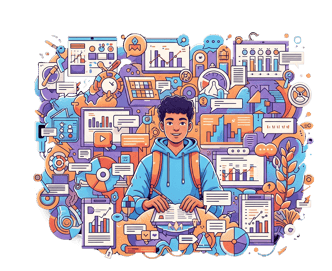

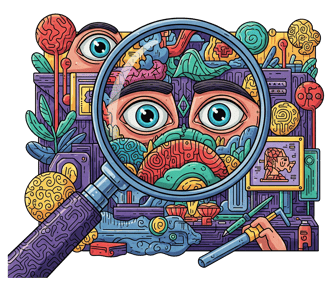

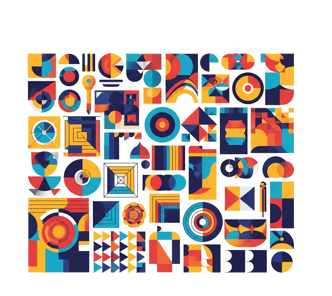

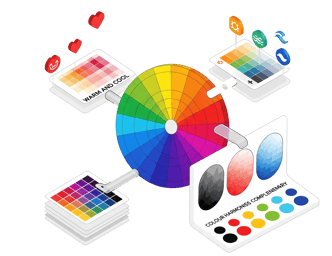



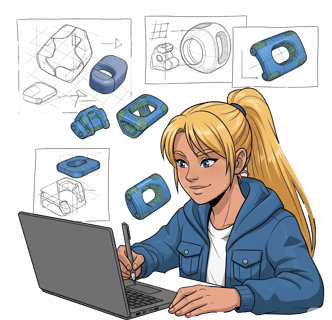

Drawing & Sketching
Freehand drawing, object drawing, basic human figures, line quality, composition.
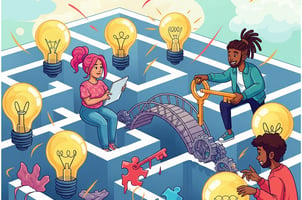

Creative Problem-Solving
Generating unique design solutions.
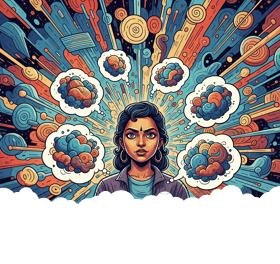

Conceptualization
Ability to transform ideas/themes into visual designs.
What is the NIFT GAT?
The General Ability Test (GAT) is an integral part of the NIFT Entrance Examination, serving as an objective assessment of a candidate's overall aptitude. Unlike the Creative Ability Test (CAT) which is subjective and primarily for design programs, the GAT is a multiple-choice question (MCQ) based test that all NIFT aspirants must clear.
The GAT is conducted in Computer-Based Test (CBT) mode and typically carries a significant weightage in the overall admission process (e.g., 30% for B.Des/M.Des, and a much higher percentage, even 100% of the written exam, for B.FTech, MFM, and M.FTech).
The primary objective of the NIFT GAT is designed to test a candidate's
Numerical Ability
Your aptitude for basic mathematics and data interpretation.
Language Proficiency
Your command over the English language in daily communication and comprehension.
Analytical & Logical Reasoning
General Awareness
Your capacity to infer, apply logic, identify problems, and solve them using reasoning.
Your knowledge of current events, general science, art, culture, and the fashion industry.
Managerial Acumen (for PG Management programs)
Your ability to analyze and respond to industry-specific situations.
Content Areas & Skills Tested in NIFT GAT
The NIFT GAT is broadly divided into five core sections. While the number of questions and exact weightage may vary slightly year to year and across programs, the core content remains consistent
Analyzing industry scenarios.
Case Study
Communication Ability
Quantitative Ability
Basic math (percentages, ratio, time/work/distance, simple geometry, data interpretation).
Reasoning puzzles (series, patterns, blood relations, seating arrangements), critical thinking.
Analytical and Logical
Ability
Grammar, vocabulary (synonyms, antonyms, idioms), reading comprehension.
General Knowledge and Current Affairs








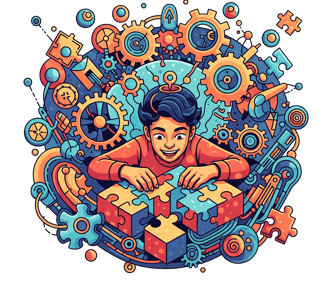

General awareness (history, culture), recent national/international news, and fashion industry updates.
Our NIFT Coaching Program
At idesigntutorials, we guide you through every stage of your NIFT preparation, fostering a dynamic learning environment where you can truly Explore, Discover, and Understand your potential.
Curriculum Details
CAT Mastery
Focus on perspective drawing, human anatomy, object drawing, color composition, theme-based designs, and visual storytelling.
GAT Excellence
Quantitative Ability
Communication Ability
English Comprehension
Analytical Ability
General Knowledge & Current Affairs
Situation Test Preparation
Intensive hands-on workshops for material exploration, model making techniques, theme interpretation, and written explanation practice.
Teaching Methodology
Interactive Classes
Hands-on Workshops
Conceptual Clarity
Engaging sessions with experienced faculty to discuss theories, solve problems, and analyze design concepts.
Practical sessions for drawing, sketching, model making, and material exploration, crucial for the CAT and Situation Test.
Focus on building a strong foundation in design principles, visual aesthetics, and analytical thinking.
Personalized Feedback
One-on-one sessions to discuss performance, identify areas for improvement, and refine techniques.
Study Materials Provided
Topic-wise theory notes and practice questions.
Workbooks for drawing and sketching.
Recommended reading lists for general knowledge and design awareness.
Material kits for Situation Test practice.
Mock Test Series and Performance Analysis
Regular full-length mock tests simulating the actual NIFT exam environment.
Detailed performance analysis reports to track progress, identify strengths and weaknesses, and strategize for improvement
Dedicated sessions to address individual student queries and clarify challenging concepts across all sections of the exam
Doubt-Clearing Sessions
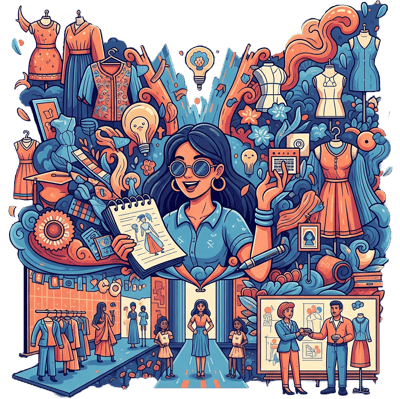

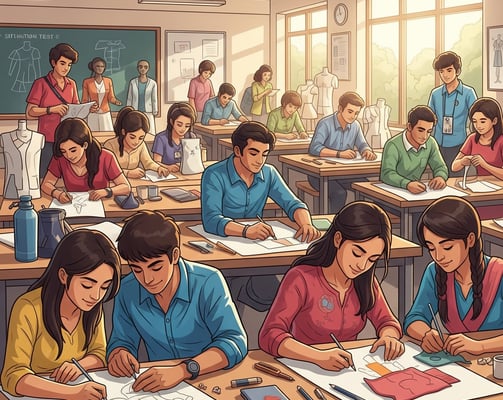

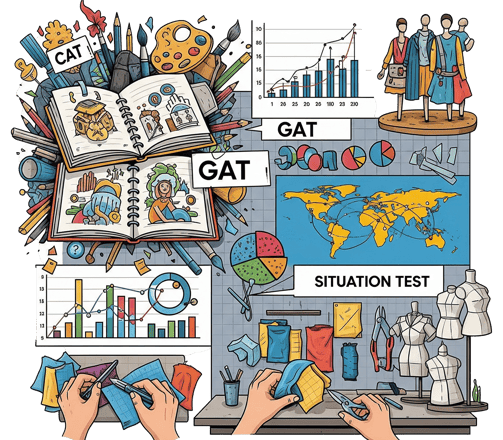

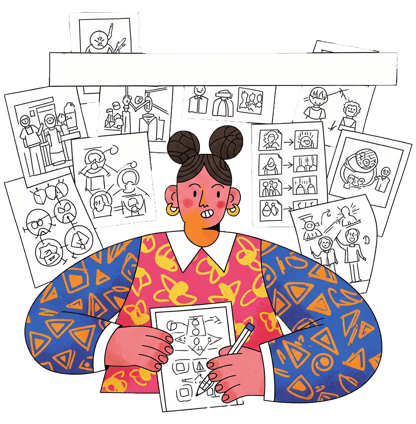

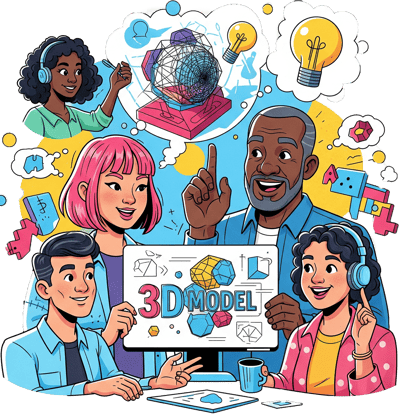

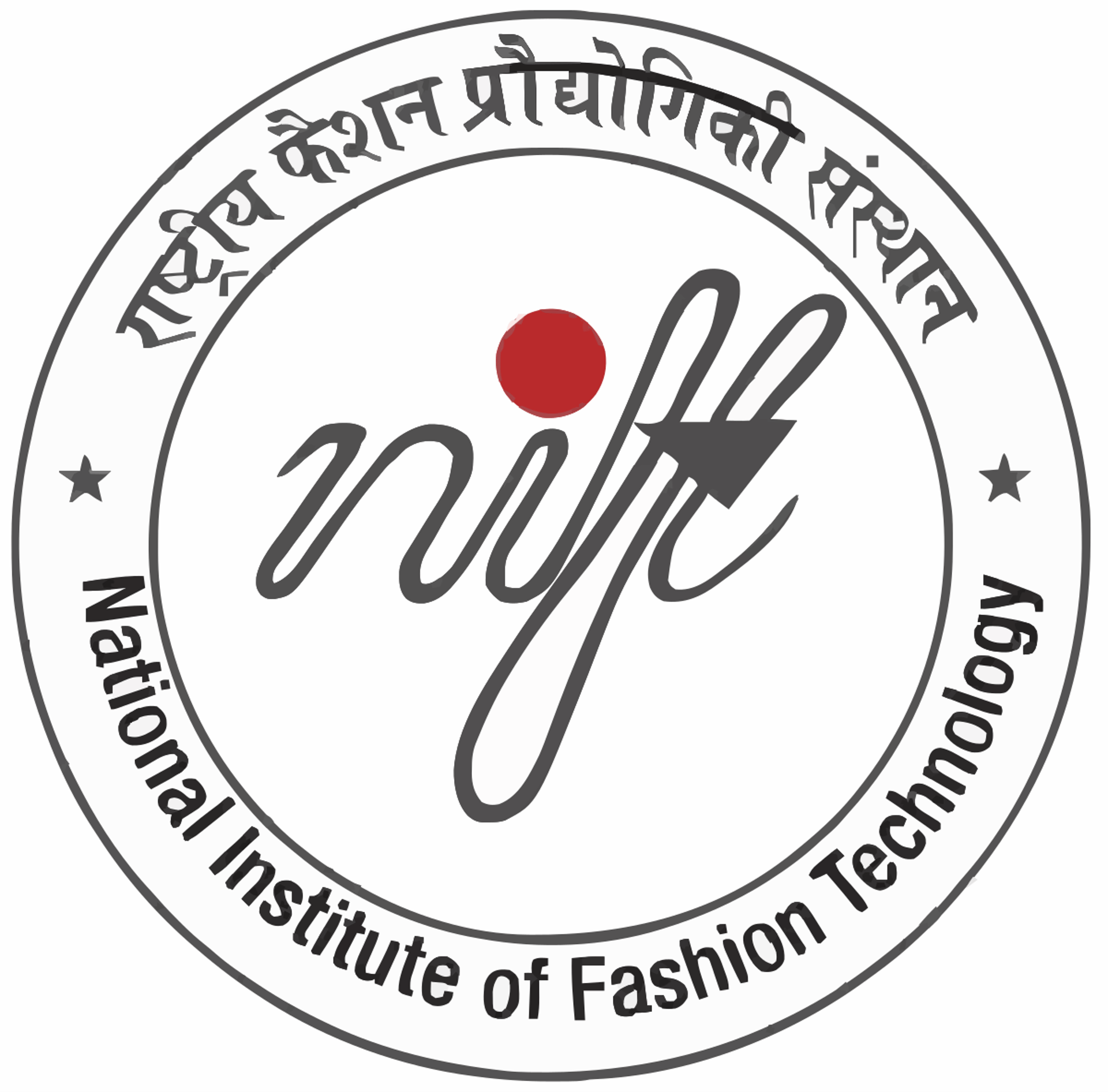
Hey everyone! I'm Ananya Sharma, and like many, I dreamt of NIFT but felt overwhelmed by the entrance exam – especially the CAT, GAT, and Situation Test. Discovering idesigntutorials changed everything. Their clear Curriculum Details broke down complex topics, and their Teaching Methodology was transformative. Through hands-on workshops, conceptual clarity, and personalized feedback, I learned to Explore, Discover, and Understand my design potential.
The Mock Test Series and Doubt-Clearing Sessions were crucial, boosting my confidence and improving my scores. With dedicated practice using their Study Materials, my sketches grew bolder, and my GAT scores climbed.
On exam day, I felt prepared. When the NIFT merit list came out, my name was there! My journey to NIFT wouldn't have been possible without idesigntutorials. If you're dreaming of NIFT, this is where your design story begins!
Ananya Sharma
NIFT Batch of [Year, 2024]
Ananaya Sharma

Hey aspiring designers! I'm Karthik Varma, and not long ago, the NIFT dream felt distant. I had a decent hand at drawing, but when it came to generating truly unique ideas or figuring out the tricky GAT, I often hit a wall. Creative blocks were my biggest fear, and the sheer competition for NIFT seemed overwhelming. Then I found idesigntutorials. Their Teaching Methodology was a game-changer. They pushed me to Explore ideas fearlessly, helping me Discover my true potential. The Conceptual Clarity in classes and Doubt-Clearing Sessions helped me Understand every challenge. Regular Mock Tests honed my exam strategy. My confidence soared. On exam day, I felt ready. Seeing my name on the NIFT Gandhinagar merit list was incredible! idesigntutorials didn't just prep me for an exam; they ignited my design thinking. If you dream of NIFT, start here!
Karthik Varma NIFT Batch of [Year, 2024]., 2029]
Karthik Verma






